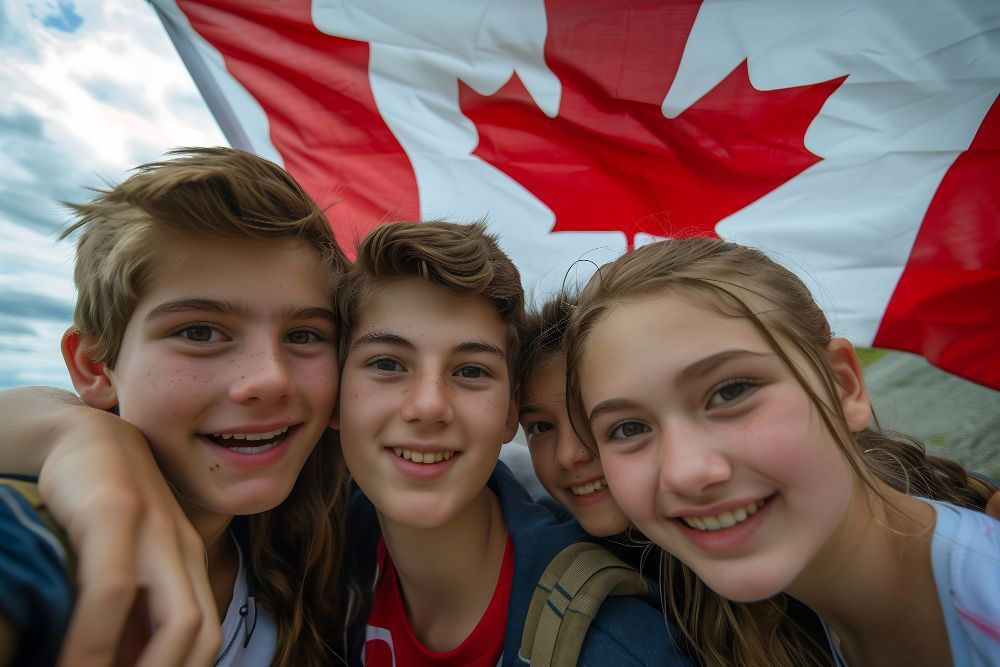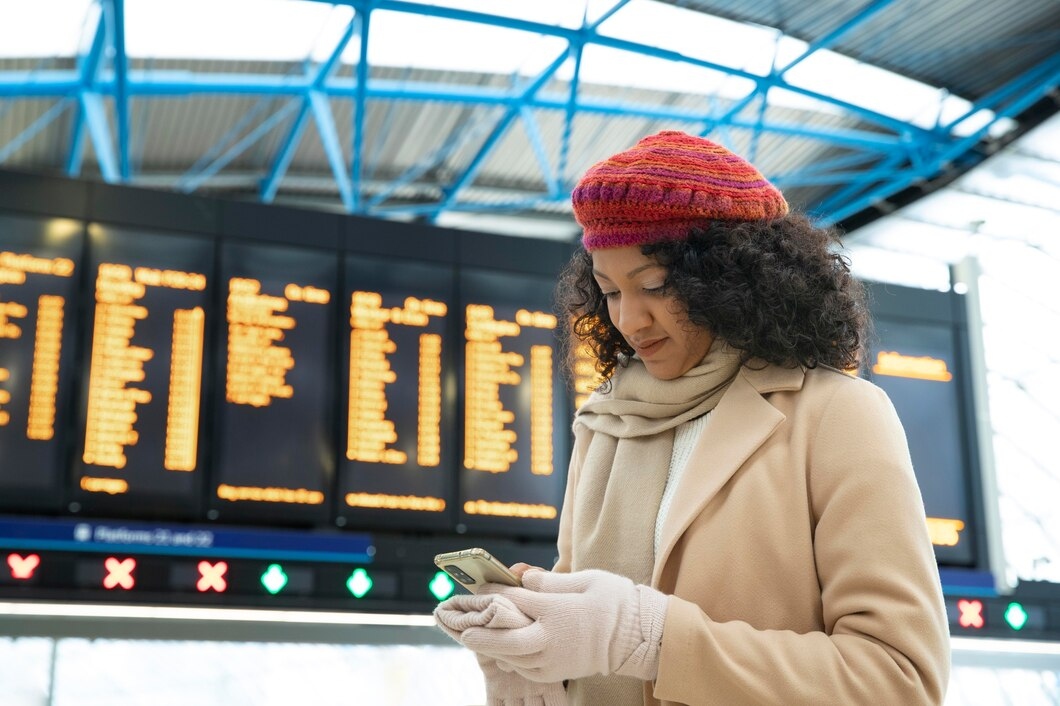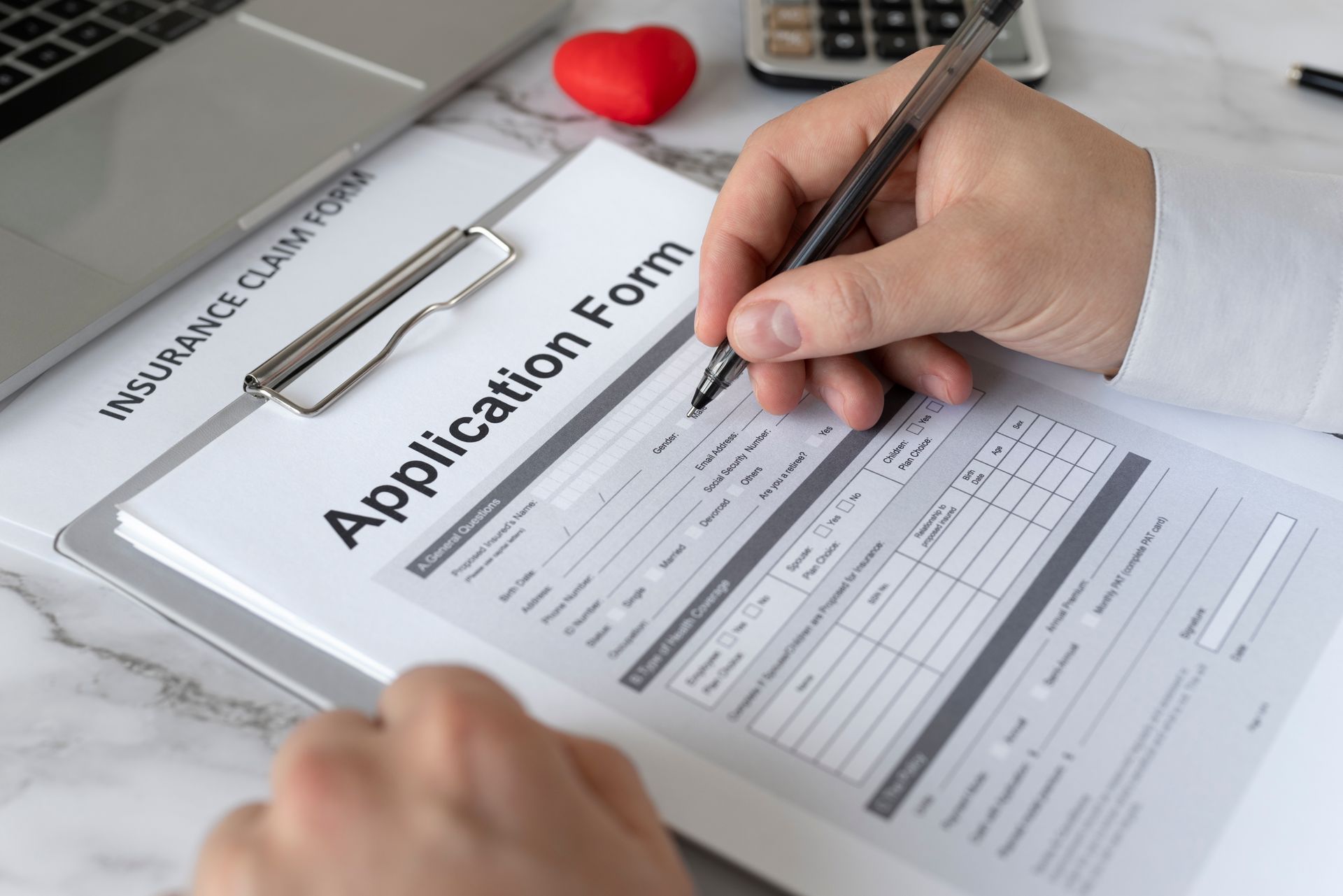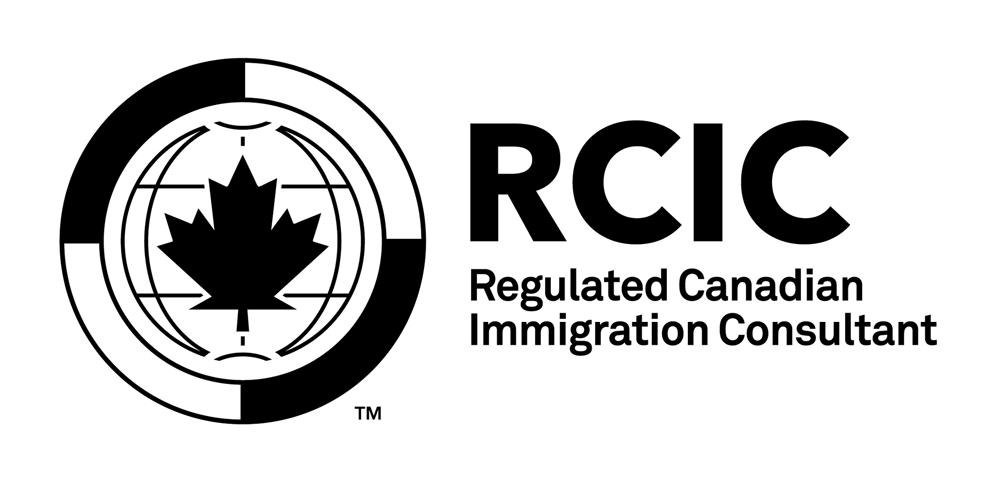Can I Leave Canada After Applying for Inland Spousal Sponsorship?
There are two ways to apply for Spousal or Common Law sponsorship to Canada – overseas or inland. The factor that most often determines the appropriate pathway for a client residing in Canada is: do you need to work or do you need to travel? The processing times used to be a major consideration as well, but they are more similar now, so the processing time is no longer a deciding factor.

If you need to travel – then you should apply through the overseas sponsorship route. You can leave Canada after applying for an overseas (also called outland) spousal sponsorship with no impact on your PR file. Therefore, this is the most reliable option to use if you know you will need to leave Canada while waiting for your Permanent Resident status.
If you wish to work in Canada during the process, then you should apply through the inland sponsorship route, as this pathway allows you to get an open work permit while awaiting PR.
What about if I want to work in Canada but also need to travel?
We often find that some clients will want to do both, travel and work, even though we do not recommend travel outside of Canada for inland sponsorship applicants while their application for Permanent Residence is in process.
Why do we advise against this? It’s because your re-entry is not guaranteed – it will depend on the Port of Entry officer to let you back into Canada. This is true even though you have an electronic travel authorization (eTA) or a multiple entry visa. These allow you to fly to a Canadian Port of Entry, but the border officer has authority to question everyone entering Canada, and has the discretion whether to admit you as a foreign national .
Furthermore, it gets harder, not easier, entering Canada when the border officer knows that your spouse or common-law partner is living in Canada. This is counter-intuitive, but remember that if you left Canada and return to a port of entry, you are (under Canadian immigration law) seeking to enter Canada as a temporary visitor – meaning you are coming for a short time and will return to your home country when your visit is done. If your spouse or common-law partner lives in Canada and you have made your home with them, then you are not really a genuine visitor who is intending to return home outside of Canada – and a border officer could refuse you entry on that basis.
If you left Canada, other things can happen too. You may need to stay longer abroad for personal reasons or due to factors outside your control. For example, all the admissibility rules for entering Canada may change without notice – just as we saw the Canadian government plans change dramatically day-to- day and week-to-week during COVID. So being outside Canada always entails a risk, as you are assuming you can enter Canada again, but that assumption may not prove true.
If you cannot return for personal reasons, or arrive at a border and are not permitted to re-enter Canada for any reason, your PR application using the in-Canada route will be cancelled , as you need to be IN Canada for the processing of this application. This is definitely going to delay any hopes of getting PR status and a PR card for many months.
Frequently asked questions regarding In-Canada class sponsorships:
1. Can I leave Canada after applying for PR through inland sponsorship?
The simple answer is yes, you can travel. Anyone can leave Canada, at any time. The main issue is, will you get back in? And what happens if you don’t get back in? A foreign national is never guaranteed entry upon return to Canada; unlike a Canadian citizen or a Permanent Resident, a foreign national has no right to re-enter Canada – as indicated above, that is up to the discretion of the border officer, and it will be decided every time you are entering Canada up until the time you have a valid PR card.
Assuming you filed a perfect application, it takes only a few months of processing time for an inland spousal sponsorship case to be approved, so simply waiting for your PR card before leaving Canada is our best advice. Permanent resident cards (PR cards) are the only documents acceptable to board a commercial vehicle to transport you back to Canada, and the only document that assures your re-entry at the border as a Canadian permanent resident with no hassle. Your first PR card usually arrives a few weeks after you are approved for permanent residence.
2. My status as a worker/student/visitor is expiring and I applied for an open work permit with my sponsorship application. Can I leave and come back to Canada while my open work permit application is in process?
If you applied for both permanent residence under the inland sponsorship route, and an open work permit at the same time, and if your application is received by the Canadian government (IRCC) before the expiry date of your current work permit, and if your PR application is accepted for processing, the expiry date on your current work permit is considered to be extended until IRCC makes a decision on the work permit application you submitted. This is called maintained or implied status. It gives you the legal status to remain Canada as a temporary resident during this period. It also gives the person on maintained status who has a valid work permit, but for the expiry date, the right to continue to work until their new work permit arrives.
However, if you leave Canada after the expiry date on your current work permit and before the new one arrives, it is different. You are not permitted to work when you return to Canada until such time as you receive your new work permit. A border officer can admit you as a visitor so you least have the social benefits of being together with your partner, but you cannot work from the time you re-enter Canada until your new work permit arrives.
3. What happens if I have an emergency that requires me to leave Canada while IRCC is processing my application for PR status?
If your inland sponsorship is in process, and you have to leave the country due to an emergency, contact an authorized immigration specialist (immigration consultant or lawyer) before you travel. There are documents that you can prepare in advance that may assist you at the border to enter Canada again, and you really should have an honest assessment of the importance of being able to travel versus the risk you are taking with getting back to Canada while your PR application is in process.
While non-Canadian addresses in other countries are perfectly fine for overseas sponsorship, the inland application requires that the couple is cohabiting in Canada throughout the entire process. This is a firm legal requirement, so the immigration officers have no ability to waive it even if your circumstances are very sympathetic. You will need to re-apply in the overseas category.
4.Is there a maximum time I can be outside Canada?
As we saw above, one of the eligibility criteria for approval of an inland sponsorship is that you have lived together in Canada during the processing of the application for PR status. This means an extended absence from Canada, even if very legitimate, can cause problems.
There is no firm policy on what time you can be outside Canada, which makes things less predictable for you. A couple of weeks is not likely an issue, but if time apart builds to a passing year, that is definitely an issue. In-between these broad times, such as a month or two, can be hard to gauge. In these grey areas, it is best to get professional advice on your legal status before you leave Canada. It is likely a matter of the risk you are prepared to take.
5. I already left Canada and I was denied re-entry, what do I do now? What happens to my inland application?
You can try to enter Canada again and see what happens. Sometimes a different officer on a different day will make a different decision, but it is important to be honest about the prior refusal too. Sometimes it is possible to produce additional documents when you come back to Canada that will make a difference.
If you leave Canada and are not able to return for any reason, unfortunately you will have to start your sponsorship application all over again, this time with an overseas spousal sponsorship. You will need to withdraw your permanent residence application through the in-Canada class in order to start another one from outside of Canada. If your application is already in process, you won’t get a refund for the application fees ($550). If an officer has not started to process it yet, you may be able to get a refund, but a refund can take months to arrive and is not guaranteed. Don’t forget that this means a whole new set of updated forms for you and your family members, as well as supporting documents that may need a more recent date, for example, if you need a new police certificate from a particular country.
We fully appreciate that many people do in fact come and go successfully with an inland sponsorship application in process. However, every time they leave Canada, they are taking the risk that their return to Canada could be refused or delayed – and therefore cause issues with the approval of their PR. This became an especially important consideration during the COVID era, when we see sudden entry bans and flight cancellations cause significant upset to people’s travel plans.
6. Can I change my application from inland to an overseas sponsorship? Or from an overseas sponsorship to an inland sponsorship?
No, although the application packages themselves will be very similar, the underlying legal framework and process are different for an inland sponsorship than for an overseas sponsorship. The applications are even processed at different IRCC offices.
Once you have submitted an application for Permanent Residence under one stream, you can’t ask to have it changed to a different stream. If you find that you must change categories for some reason, the solution would be to withdraw your spousal sponsorship and submit a new application.
It’s an exciting time to start the process of applying for Permanent Residence to have your spouse or partner join you in Canada, but there are many considerations to take into account when deciding to go for an inland or overseas spousal sponsorship. The Way Immigration has been involved with thousands of successful family sponsorship applications. Contact our office today to speak to a qualified
Alberta immigration consultant to gain clear insight into the best family sponsorship process for you to obtain permanent residency, to have your family reunited in Canada and ensure your application is properly done the first time.
Frances Wipf, RCIC, is recognized globally as an expert in Canadian immigration matters. She is licensed by the CICC to provide legal representation and strategic immigration insights. In practice since 2008, Fran has successfully guided thousands of clients to achieve their Canadian immigration dreams through a combination of realistic assessment, technical excellence, and honest advice.











